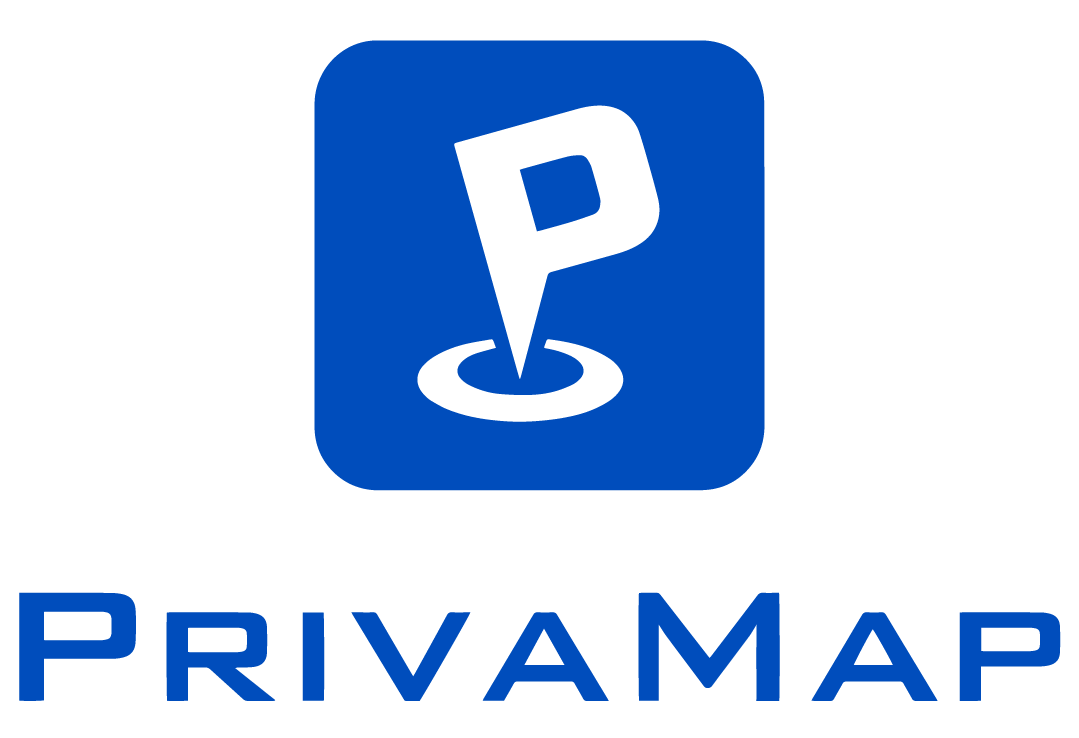As an HSE/QSE engineer, you face a significant daily challenge: interpreting and applying safety protocols. These protocols, the cornerstone of accident prevention and employee protection, can sometimes seem as complex as a legal labyrinth. But rest assured, you’re not alone in this situation!
The Puzzle of Legal Obligations
The Labor Code, particularly articles R4515-4 to R4515-11, clearly stipulates the obligation to establish a safety protocol for any loading or unloading operation. However, as highlighted by INRS, the interpretation of these obligations can vary depending on the context. For example, the rules differ for site employees and external contractors. Moreover, the regulations remain vague regarding repetitive operations. Faced with these gray areas, how can you ensure flawless compliance?
7 Major Challenges in Managing Safety Protocols
Implementing and monitoring safety protocols presents numerous challenges for HSE/QSE professionals. Here are the 7 main obstacles you’re likely to face:
- Specificity and Multiplicity: Each operation requires a specific protocol, which involves managing a large number of different documents. How can you ensure that the right protocol is assigned to the right person?
- Language Barrier: Protocols must be available in the language of the person involved, further multiplying the number of versions to manage. How can you guarantee accurate and up-to-date translation for each protocol?
- Conciseness vs. Comprehensiveness: Protocols must be both concise and understandable while incorporating all the instructions and risks related to the operation. How do you find the right balance?
- Verification and Validation: It’s crucial to ensure that those involved correctly fill out and sign the protocol. An incomplete or unsigned document will have no legal value in case of an inspection or incident. How can you guarantee this follow-up?
- Collection and Storage: Protocols must be retrieved at the end of each operation and stored securely. How can you optimize this process without creating a bottleneck?
- Accessibility and Traceability: In case of an inspection or incident, you must be able to quickly retrieve the relevant protocol to justify compliance. How can you organize an efficient and easily consultable archiving system?
- GDPR Compliance: Stored protocols contain personal data and must be destroyed once their retention is no longer legally justified. How can you manage this dimension while remaining compliant with other legal obligations?
Our Recommendation for Optimal Safety
Faced with these challenges and given the regulatory complexity, we advocate adopting the most cautious approach. To minimize legal risks and maximize safety, we recommend a rigorous method: establish, have read, fill out, and sign a safety protocol per person and per day, including for recurring tasks. This recommendation may seem draconian, but it offers solid legal protection and demonstrates your commitment to continuous safety improvement.
The Digital Revolution: Your Ally for Flawless Management
Wondering how to meet all these challenges without drowning in a sea of paperwork? This is where digitalization comes into play. Innovative solutions like PrivaMap are revolutionizing the management of safety protocols, combining compliance, efficiency, and respect for the environment. Here’s how PrivaMap meets your specific needs:
- ✅ Simplified Compliance: Automatic generation of customized protocols, compliant with the latest regulations.
- 🚀 Instant and Intuitive Access: A simple QR Code scan from their smartphone allows visitors to immediately access relevant information for their intervention without any download.
- 🌍 Universal Accessibility: Protocols automatically translated into 15 languages, ensuring perfect understanding for all involved.
- 🎯 Real-time Risk Analysis: Precise identification of risks specific to each operation. Only necessary information and specific instructions for the operation are displayed, optimizing relevance and clarity.
- 🔄 Adapts to Your Processes: Possibility of using kiosks for increased on-site accessibility. Ability to connect to your ERP to integrate perfectly into your process, ensuring smooth management in compliance with your standards.
- 📊 Optimized Management and Monitoring: Automatic archiving, time-stamping of protocols, and intuitive dashboard to track signature progress in real-time.
- 🌱 Environmental Commitment: Drastic reduction in paper consumption, aligned with your sustainable development goals.
This modern approach not only guarantees impeccable signing and archiving but also facilitates controls and significantly reduces the risks of non-compliance. Moreover, updating protocols becomes child’s play, allowing you to always stay in line with regulatory changes and site modifications. By adopting PrivaMap, you demonstrate your commitment to responsible and sustainable management of workplace safety, while reducing your environmental footprint by drastically decreasing your paper consumption.
Conclusion: Innovation at the Service of Your Mission
As a committed HSE/QSE professional, you are the guardian of safety and compliance in your company. Adopting a solution like PrivaMap is not just about compliance. It’s a strategic choice that demonstrates your proactive vision of safety, your commitment to continuous improvement, and your sensitivity to environmental issues.
By embracing this digital revolution, you’re not just complying with the law, you’re staying ahead of the curve. You’re creating a safer, more efficient, and more responsible work environment. Isn’t that the very essence of your mission and the source of your professional pride?
Ready to transform your challenges into opportunities? Discover how PrivaMap can revolutionize your approach to workplace safety. Contact us today for a personalized demonstration!


